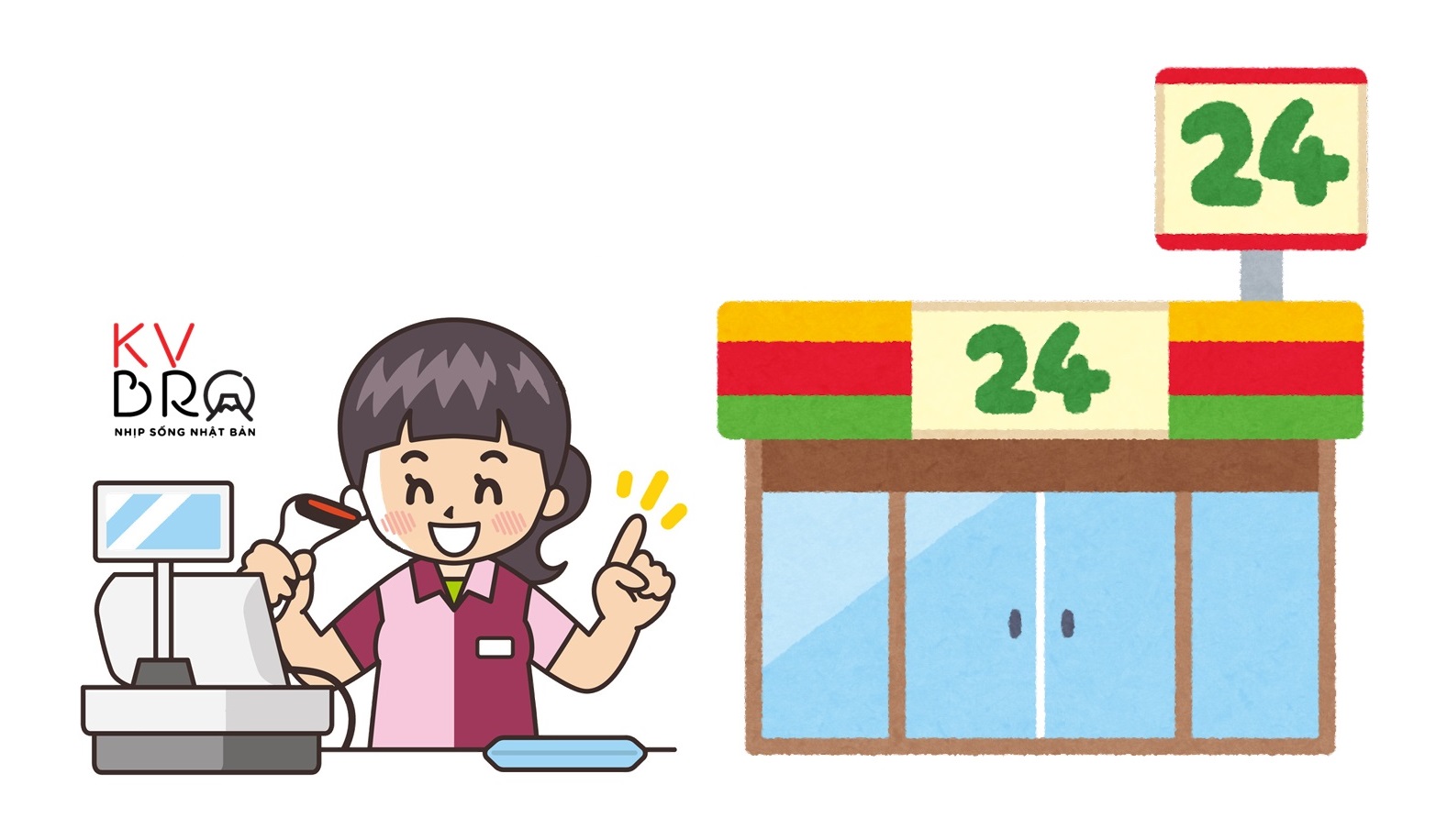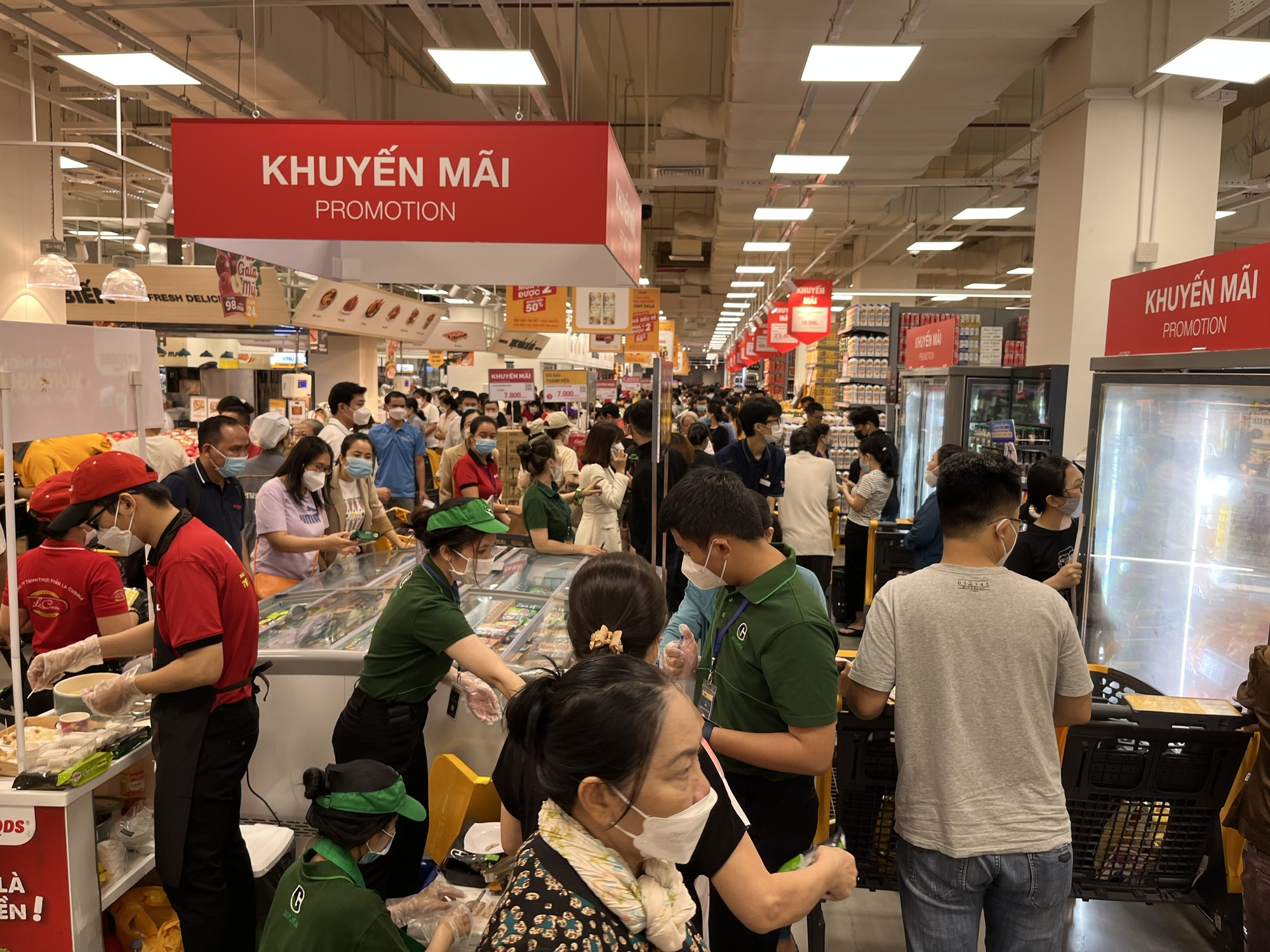No products in the cart.
Blog
Hướng Dẫn Mua Sắm Nguyên Liệu Nấu ăn Tại Nhật Bản: Siêu Thị, Combini Và Online
[

Hướng Dẫn Mua Sắm Nguyên Liệu Nấu Ăn Tại Nhật Bản: Siêu Thị, Combini Và Online

Introduction:

Navigating the world of Japanese grocery shopping can feel overwhelming at first. From bustling supermarkets stocked with unique ingredients to convenient corner stores and the ever-expanding realm of online shopping, finding the best way to source your culinary needs requires a little know-how. This comprehensive guide will equip you with the essential information to confidently tackle grocery shopping in Japan, whether you’re a seasoned chef or a novice cook. We’ll explore the different options available, highlighting their strengths and weaknesses, so you can choose the method that best suits your needs and lifestyle. Get ready to unlock the secrets to successful grocery shopping in the Land of the Rising Sun!
Siêu Thị Nhật Bản: A Deep Dive into Supermarkets
Japanese supermarkets, or supermarkets, offer a vast array of fresh produce, seafood, meats, and prepared foods. They are your go-to for a wide selection and competitive prices, especially for larger shopping trips.
- Freshness is Key: Japanese supermarkets place a strong emphasis on the freshness of their products. Look for labels indicating harvest dates or processing dates to ensure you’re getting the best quality.
- Variety is Abundant: From seasonal fruits and vegetables to a wide variety of meats and seafood, you’ll find a remarkable selection to suit diverse culinary preferences.
- Seasonal Delights: Embrace the Japanese appreciation for seasonal ingredients. Explore the unique offerings available during each season for the most flavorful and authentic experience.
- Price Comparisons: Don’t be afraid to compare prices between different supermarkets in your area. Prices can vary, so a little comparison shopping can save you money.
- Bulk Buying Options: Many supermarkets offer bulk buying options for staples like rice, noodles, and cooking oil, which can be a cost-effective choice for larger households.
- Location, Location, Location: Consider the proximity of the supermarket to your home or workplace when choosing where to shop.
Combini (Convenience Stores): Your Quick & Easy Solution
Combini, or convenience stores like 7-Eleven, FamilyMart, and Lawson, are ubiquitous in Japan. They offer a surprisingly extensive range of goods, making them perfect for quick grocery runs or picking up last-minute ingredients.
- Ready-to-Eat Meals: Combini are renowned for their ready-to-eat meals, snacks, and bento boxes, perfect for busy lifestyles.
- Basic Groceries: While not as extensive as supermarkets, combini stock basic grocery items such as bread, milk, eggs, vegetables, and some meats.
- 24/7 Accessibility: One of the biggest advantages of combini is their 24/7 availability, making them incredibly convenient for late-night cravings or emergency grocery runs.
- Limited Selection: Remember that combini offer a more limited selection compared to supermarkets. You might not find everything you need here.
- Slightly Higher Prices: Expect to pay slightly higher prices at combini compared to supermarkets due to their convenience and smaller scale.
- Location Convenience: Combini are strategically located throughout cities and towns, making them easily accessible.
Online Grocery Shopping: The Modern Approach
Online grocery shopping is gaining popularity in Japan, offering a convenient alternative to traditional brick-and-mortar stores. Major supermarkets and dedicated online grocery services are readily available.
- Wide Selection and Comparison: Online platforms often provide a wider range of products than smaller physical stores, and you can easily compare prices from different retailers.
- Home Delivery: The most significant benefit is home delivery, saving you time and effort, especially when carrying heavy groceries.
- Time-Saving Convenience: Shopping from the comfort of your home eliminates the need to travel to the store, freeing up valuable time.
- Subscription Services: Consider subscription services for regular deliveries of staple items, ensuring you always have what you need.
- Potential for Delivery Fees: Be aware that delivery fees can apply, potentially offsetting some of the convenience savings.
- Language Barrier: Depending on the platform, you may encounter a language barrier, which could make navigating the website or app challenging.
Specialty Stores: Unearthing Culinary Treasures
Beyond supermarkets and combini, Japan boasts a rich network of specialty stores catering to specific culinary needs. These stores offer high-quality, often locally sourced ingredients.
- Fish Markets (Uogashi): For the freshest seafood, explore the vibrant fish markets. You’ll find a wide variety of fish, shellfish, and other seafood.
- Produce Markets: Immerse yourself in the sights and smells of local produce markets, where you can find seasonal fruits, vegetables, and unique regional specialties.
- Butcher Shops: For discerning meat lovers, dedicated butcher shops provide high-quality cuts and expert advice.
- Specialty Food Stores: Discover shops focusing on specific food types, such as Japanese sweets, pickles, or imported goods.
- Direct from Farmers: Explore farmers’ markets or directly contact local farmers for the freshest, most authentic ingredients.
- Potential Higher Costs: Specialty stores often come with a higher price tag due to their focus on quality and unique offerings.
Farmers’ Markets: Supporting Local and Seasonal
Farmers’ markets offer a unique opportunity to connect with local farmers, support the community, and enjoy the freshest produce available. The atmosphere is typically lively and engaging.
- Seasonal Produce: Farmers’ markets showcase the best of the season, offering a rotating selection of fruits and vegetables at their peak ripeness.
- Direct from the Source: Buy directly from the farmers, getting to know their farming practices and the stories behind their products.
- Unique Varieties: Discover rare and unique varieties of fruits, vegetables, and other agricultural products.
- Community Interaction: Support your local community and build relationships with the people who grow your food.
- Limited Availability: Farmers’ markets operate on specific days and times, potentially limiting your shopping flexibility.
- Potential for Higher Prices: While not always the case, prices at farmers’ markets may be higher than supermarkets due to the direct-to-consumer model.
Comparison Table: Choosing Your Grocery Shopping Strategy
| Feature | Supermarket | Combini | Online Grocery | Specialty Stores | Farmers’ Markets |
|---|---|---|---|---|---|
| Selection | Very Wide | Limited | Wide | Specialized | Seasonal & Limited |
| Price | Competitive | Slightly Higher | Varies | Often Higher | Varies |
| Convenience | Moderate | Very High | High (with delivery) | Moderate | Moderate |
| Freshness | High | Moderate | Varies | High | Highest |
| Accessibility | Varies | Very High | High (with internet) | Varies | Limited |
Conclusion:
Choosing the right grocery shopping strategy in Japan depends on your individual needs, priorities, and lifestyle. Supermarkets offer the widest selection and competitive pricing, while combini provide unparalleled convenience for quick runs. Online grocery shopping is a time-saving option, particularly for larger orders or when home delivery is preferred. Specialty stores cater to niche culinary needs, offering high-quality ingredients, and farmers’ markets provide a unique opportunity to connect with local producers and enjoy the freshest seasonal produce. By understanding the strengths and weaknesses of each option, you can confidently navigate the diverse landscape of Japanese grocery shopping and enjoy the culinary delights this vibrant country has to offer. Remember to experiment with different approaches to find the perfect fit for your routine and preferences. Don’t be afraid to try new things and embrace the unique aspects of Japanese grocery culture!
Keywords: Japanese grocery shopping, supermarkets Japan, combini, online grocery Japan, farmers’ markets Japan
]


Bài viết rất hữu ích! Mình tìm hiểu thông tin này lâu rồi, giờ cuối cùng cũng có bài tổng hợp đầy đủ. Cảm ơn tác giả nhiều nha!
Hay quá đi! Mình định đi Nhật Bản tháng sau, bài viết này giúp mình chuẩn bị tốt hơn nhiều. Tuyệt vời!
Thật sự là không có gì để chê cả. Tuyệt cú mèo!
Bài viết thiếu thông tin về các loại gia vị đặc trưng của Nhật Bản. Phần combini cũng cần bổ sung thêm nữa. Nói chung là chưa đủ chi tiết.
Tôi thấy bài viết này khá sơ sài, không đáp ứng được nhu cầu của người đọc. Nhiều thông tin quan trọng bị bỏ sót.
Tốn thời gian đọc mà chẳng được gì cả. Chán thật sự!
Thêm thông tin về giá cả của các mặt hàng sẽ tốt hơn đó nha. Mình thấy phần này hơi thiếu.
Mình thấy ở Nhật mua đồ online cũng tiện lắm, nhưng mà phí ship hơi cao. Đọc bài này mới biết thêm nhiều lựa chọn nữa.
Vậy mà cũng viết bài được. Siêu thị Nhật Bản nhiều thứ lắm, viết thế này thì người ta tưởng chỉ có mỗi mấy thứ đó thôi à?
Ôi giời, hướng dẫn mua sắm tận tình thế này, chắc tác giả làm việc cho siêu thị rồi đúng không? Haha!
Hay đấy! Nhưng mà đọc xong bài này mình vẫn thấy đói bụng. Chắc tại mình đói thật rồi.